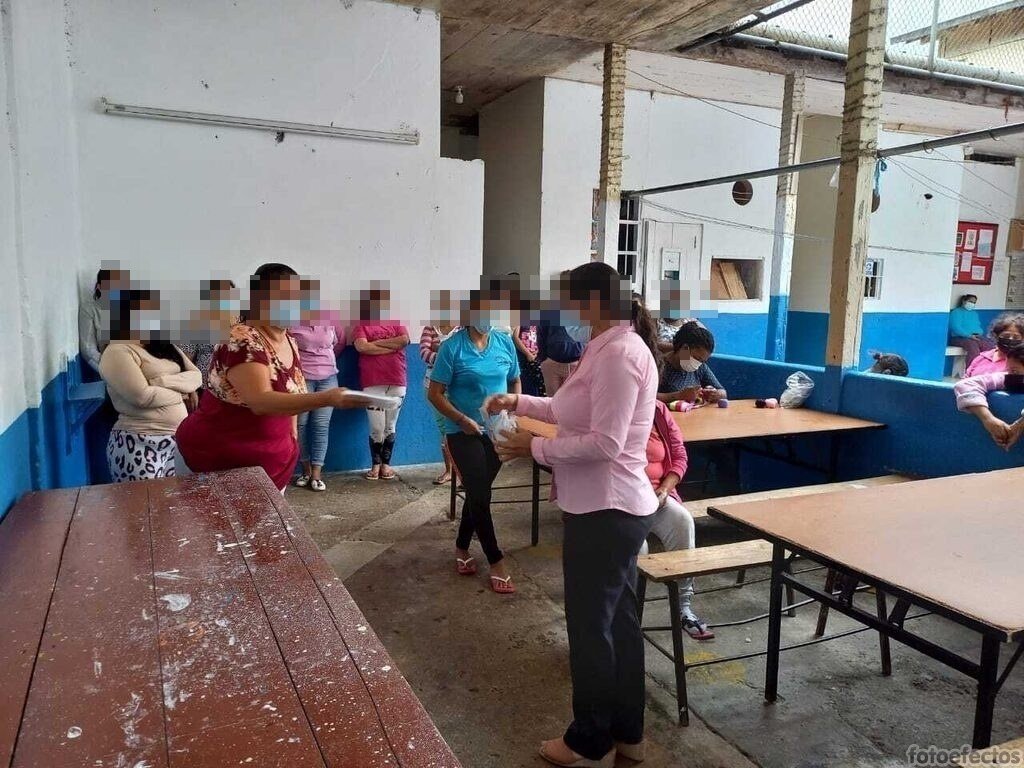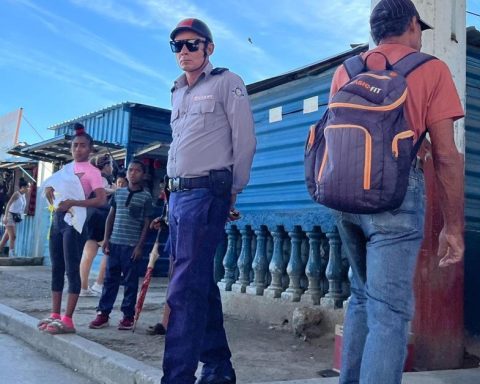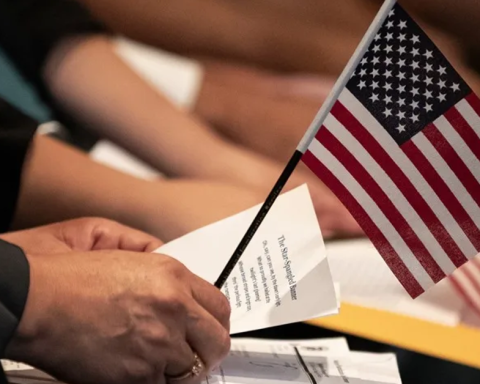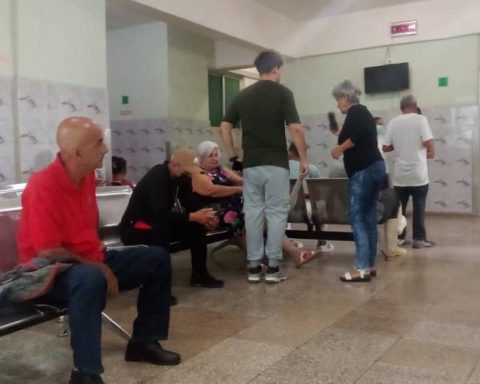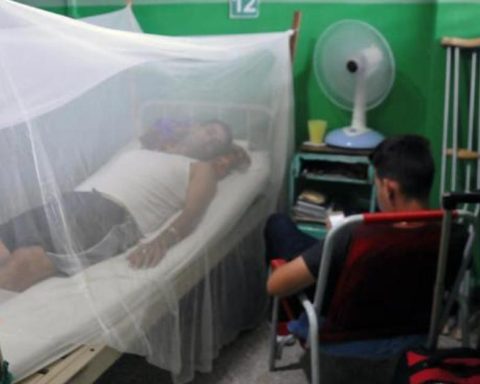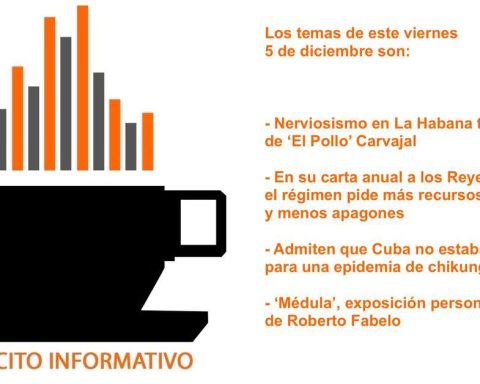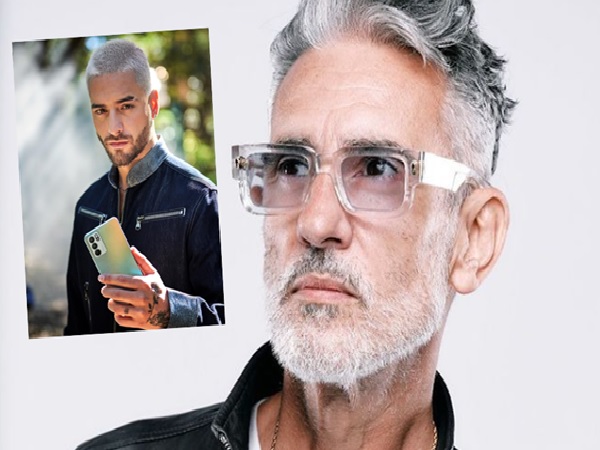Capturing them becomes easy in societies where the gap between decent work and wages is wide. 228 women died in 2021.
Julieta (protected name) is serving five years in prison for the crime of possession, distribution and possession of drugs. In 2019, she was arrested during a body search at the entrance of a prison, in the Ecuadorian highlands.
It was not the first time that Julieta pretended to be a visitor to bring in drugs and hand them over to her husband, but in reality he was a friend of Julieta’s partner. “A man with a criminal record who recruited her and threatened her when she wanted out,” says Andrea (name withheld), the 32-year-old woman’s attorney.
Juliet is one of the 2,139 women in the prison system arrested for drug trafficking. She represents 16% of this population, which on a national scale amounts to 13,200 people.
labor inequality
Vianca Gavilanes, a lawyer for Fundación Dignidad, says that there are different reasons why women are recruited by drug traffickers. “Their partners exercise psychological violence and force them to enter the world of micro-trafficking or to enter prisons and smuggle drugs.”
Andrea Tene, a sociologist, adds that as with the young people who are recruited and trained as hit men, in the most vulnerable and inequitable societies it is “easier to abuse necessity. Even more so in the pandemic where women have been the first to be fired from their jobs.”
According to the latest National Employment, Unemployment and Underemployment Survey (Enemdu), by the end of 2021 only 24% of women who were part of the Economically Active Population had adequate employment and 29% received income below the minimum wage and worked less than the legal day.
From victims to victimizers
Tene details that, as in all organizations, one can also go from “victim to victimizer” since there are organizations where women are in charge of being recruiters since “it is easier to gain the trust of girls when the one who approaches is a woman”.
The phenomenon encompasses a number of activities in which drug traffickers contact “girls and young women and make financial offers to them. And of course, then you see the consequences, because as in any criminal structure they are the cannon fodder”.
This has been called traffic economy which, according to a research article by Ana Cecilia Escalante and Claudia Palma, has been installed in women as an option in a context of growing social inequality, lack of opportunities, work and study.
Deaths and account adjustments
In 2021, 2,500 violent deaths were recorded, 229 of which were women. Julieta’s lawyer says that in women with a history of drug trafficking it is almost always about “settling accounts” and that even “that is what is detailed in the first police reports.”
The women who are part of these structures, says the lawyer, are initiated into micro-trafficking, although there are also those who are born into these environments “and what they do is continue with the activities of their fathers, mothers or siblings.”
But this is not the only way to capture. “It is well known that in the prison system there is coercion of the guides. Sometimes through payment or threats, then they also get involved in drug trafficking.” As an example of this, there is the case of Carmen E., who could spend up to seven years in prison, after try to enter marijuana to the Litoral penitentiary where he worked as an agent.
Migrant women, a vulnerable group
Another vulnerable group, Tene mentions, are women in situations of human mobility, who are drawn into the world of drug trafficking and human trafficking. Statistics compiled by the United Nations Office on Drugs and Crime (UNODC), indicate that in the American continent a little more than a third of the people convicted of trafficking and trafficking are women.
The UNODC has recommended that governments undertake programs for the protection of migrant women and their families.
While, in contexts of crisis, States must take care that there is no school dropout from a gender perspective. “It is identified that there is a preference of male children over females. When it is necessary to privilege or decide who is going to study in a context of economic crisis, generally, because of the idea that those who are going to generate resources are men, so they are prioritized”, he says Anahi Almeida, national gender adviser Ecuador International Plan. (AVV)
El principal delito por el que las mujeres están en cárceles del Ecuador es el tráfico de drogas. Le siguen delitos vinculados al robo, asesinato, estafa, hurto, homicidio y violación 13.
“In drug trafficking there are many grays. Women who are victims can be victimizers at the same time.” Andrea Tene, sociologist.
Se calcula que al menos un 35% de las mujeres en las cárceles alrededor del mundo ingresan por algún delito relacionado con el narcotráfico.
